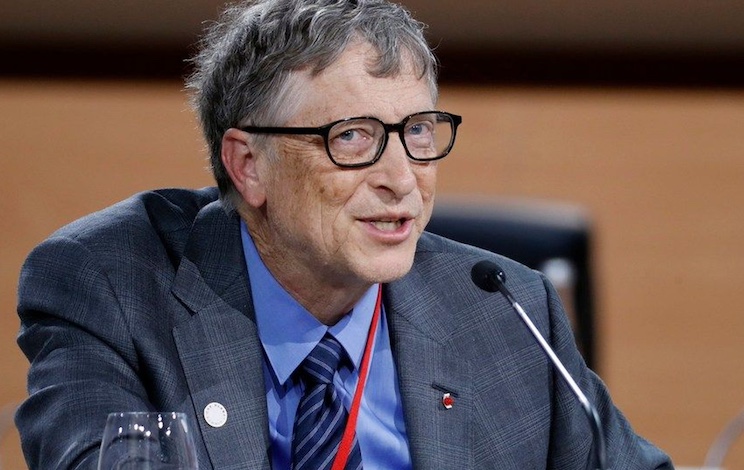CBS Reporter: Biden’s Cognitive Decline “Most Underreported Story” of 2024
Bill Gates Plans to Chop Down BILLIONS of Trees to ‘Radically Address Climate Change’

Billionaire eugenicist Bill Gates has devised a ‘radical’ plan to ‘permanently address climate change’: the destruction of billions of the world’s trees. According to Gates, the solution to climate change is to chop down all […]
The post Bill Gates Plans to Chop Down BILLIONS of Trees to ‘Radically Address Climate Change’ appeared first on The People’s Voice.
State Dept. Insider: “Americans Will REVOLT When They Learn Truth About Covid Origins”

A senior State Department insider has warned that once the American public learn the truth about the origins of the Covid-19 virus, they will take to the streets and revolt against their elected officials. Revelations […]
The post State Dept. Insider: “Americans Will REVOLT When They Learn Truth About Covid Origins” appeared first on The People’s Voice.
Indiana University Begins Teaching White Students They Are ‘Evil and Racist’

Indiana University has come under fire after it launched a new course that teaches white students they are ‘inherently evil and racist’. The course, entitled “Understanding Diversity in a Pluralistic Society”, has caused a firestorm of […]
The post Indiana University Begins Teaching White Students They Are ‘Evil and Racist’ appeared first on The People’s Voice.
